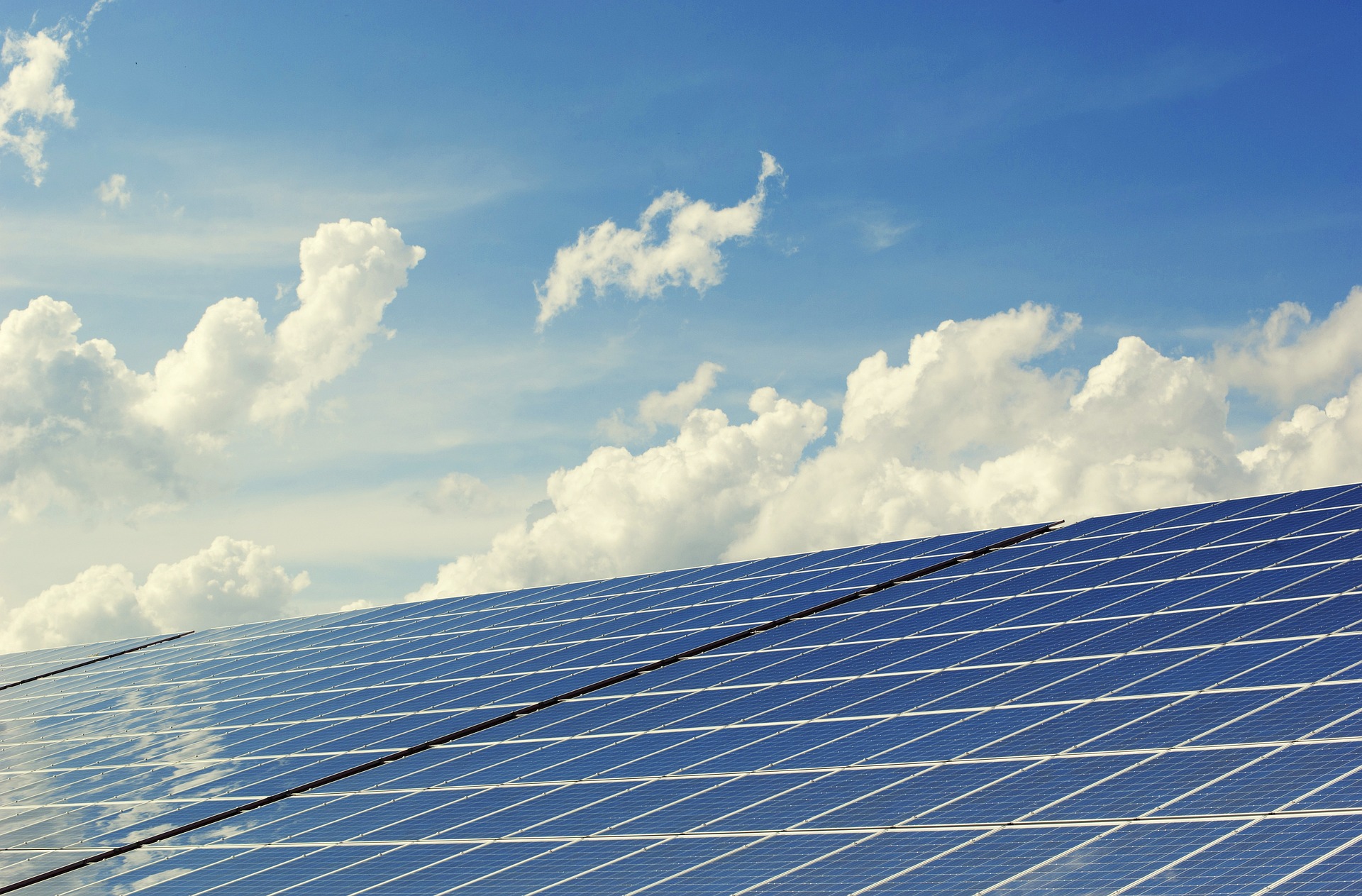
Ōtautahi – A Christchurch company, COG Power, has successfully commissioned solar power to the YMCA’s suburban facility in Bishopdale.
The YMCA centre has gone live with enough solar to provide all energy needs for the building, while the sun is shining.
COG Power managing director Chris Conner says the solar panels on the roof of the YMCA is equivalent of covering up to 25 typical family homes.
“New systems like what we have on the YMCA now usually require some active monitoring, adjustment and configuration over the course of the first month or so as the system is optimised.
“From their perspective though, they shouldn’t notice anything different in their day to day operations. It’ll be business as usual until they see a whopping reduction in their February power bill.”
The YMCA is COG Power’s largest completed job. It has another job currently being negotiated that has the potential to be 10 times the size of the YMCA and uses natural batteries in an entirely novel way.
The 107kW or 289 individual panels will save 12.84 tonnes of CO2e emissions each year at 35grams per unit, versus 110grams per unit from the NZ grid. It will also save the YMCA between $12,000 and $15,000 depending on pricing from their primary provider.
The YMCA, independent schools, sports clubs and many other organisations will benefit from this new technology and way of doing business. But at the moment, solar is only producing about 0.5percent of New Zealand’s electricity, so there’s plenty of room to grow.
Companies like Lodestone, Christchurch International Airport and Genesis among others have committed to building massive grid scale arrays while the likes of COG Power and solarZero are using a more grassroots approach, Conner says.
“I wouldn’t be surprised to see solar electricity generation double to at least one percent of national capacity by the end of 2024.
“The energy market is fascinating and complex though. You have to consider everything from usage patterns and storage capacity to the geopolitical environment and ability to secure supplies from trading partners.
By the time solar is producing five percent of our electricity nationally, these grid level providers will need to have solved their storage problem.
“Solarisation is accelerating on its own merit in the free market, but there are still a few things we can do that will encourage use and alleviate the bottlenecks that will emerge.
“Government and state controlled lines companies can prepare the grid to handle the distribution of increased loads from the larger solar farms.
“Local councils can encourage use through thoughtful planning. Property developers can design and build new properties that have the necessary building characteristics to accommodate solar.
“Then at the grassroots level, individual employees and stakeholders can set the expectation with their employers that their organisation is actively addressing their carbon footprint.
“On the supply side, it would also be helpful to bust the myth that working in the green energy sector is a low wage endeavour. Many of the front line workers on our arrays are earning over the equivalent of $50 per hour, and that’s only going to increase.
“It takes skill and hard work, but you don’t need a degree to do this stuff, and the installers I know are screaming out for apprentices.”
At grid level, electricity is more expensive during the day in large part because that’s when demand is highest. In this context, solar becomes a stronger proposition because it supplies power when demand is highest.
It’s all about matching generation to use so you don’t have to store the power. Many companies we look at use about 80 to 90 percent during sunlight hours. It’s a natural fit.
The various conversions to solar in New Zealand shows decarbonisation through electrification is here, now and accelerating at pace. Renewable sources of energy to generate electricity are here, now and accelerating at pace and scale.
For further information contact Make Lemonade editor-in-chief Kip Brook on 0275030188

